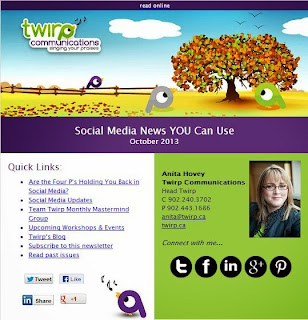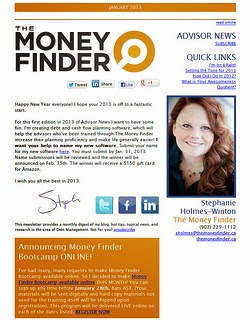Stop Saying "Feel Free"

The next time you start to type “Feel free to phone or email me” -- Stop. If you’re in business, shouldn't it be obvious that you want calls and emails? "Feel free..." is a little wishy-washy, like using the word “just” . Instead, use a more direct call to action . Assume that people will have questions, concerns or feedback. “Call or email with your questions and concerns.” “Questions? Call or email – I’ll be happy to answer them.” “Tell me what you think of this. By phone or email is fine, at your convenience.” Even better, be specific about the type of response you desire . “Call me Friday morning so I can answer your questions and we can discuss the next steps.” “Send me your questions by email so I can give you detailed answers.” Create your own unique version of this call to action , use it, make it a habit -- make it part of your brand. Not only does “feel free” send the wrong message, it’s overused. This is an opportunity for you to stand out. Cli






























